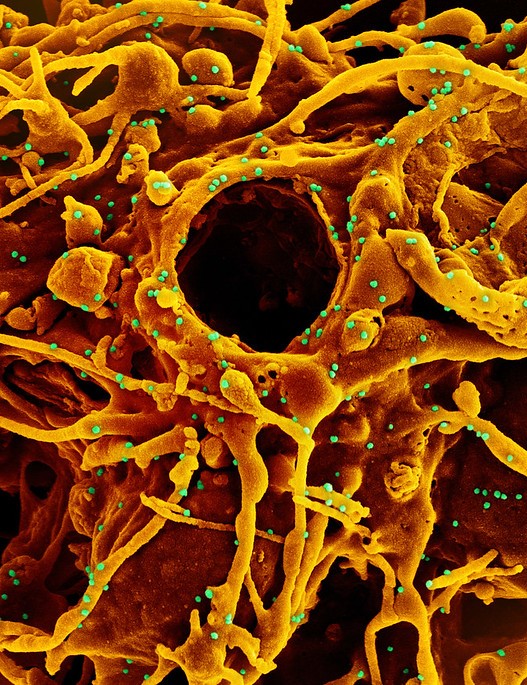 Global flu activity continues to decline, driven by decreases in the Northern Hemisphere, though markers show increases in some Southern Hemisphere countries, the World Health Organization (WHO) said in its latest update, which roughly covers the last half of May.
Global flu activity continues to decline, driven by decreases in the Northern Hemisphere, though markers show increases in some Southern Hemisphere countries, the World Health Organization (WHO) said in its latest update, which roughly covers the last half of May.
Australia's flu activity rose further, with New Zealand's flulike illness and severe acute respiratory infection rates now above baselines. South Africa reported a sharp rise in flulike illness activity, along with the related pneumonia level above the seasonal threshold.
Some of South America's temperate countries, mainly Chile, are reporting increasing flu detections, mainly 2009 H1N1 but also influenza B. Paraguay and Uruguay also reported increased flu activity. In South America's tropical region, flu levels remained elevated.
Flu in most other world regions declined or remained stable, though levels of H1N1 activity increased in Cambodia, and South Korea reported a slight rise, mainly due to H3N2.
At national flu labs during the reporting period, 63.7% of respiratory specimens that tested positive for flu were influenza A, and of subtyped influenza A viruses, 78.9% were H1N1. All characterized influenza B viruses belonged to the Victoria lineage.

 A modeling study based on point-prevalence surveys from 99 countries highlights how hospital-associated drug-resistant infections (HARIs) contribute to the global burden of antimicrobial resistance (AMR), researchers reported yesterday in PLOS Medicine.
A modeling study based on point-prevalence surveys from 99 countries highlights how hospital-associated drug-resistant infections (HARIs) contribute to the global burden of antimicrobial resistance (AMR), researchers reported yesterday in PLOS Medicine.










